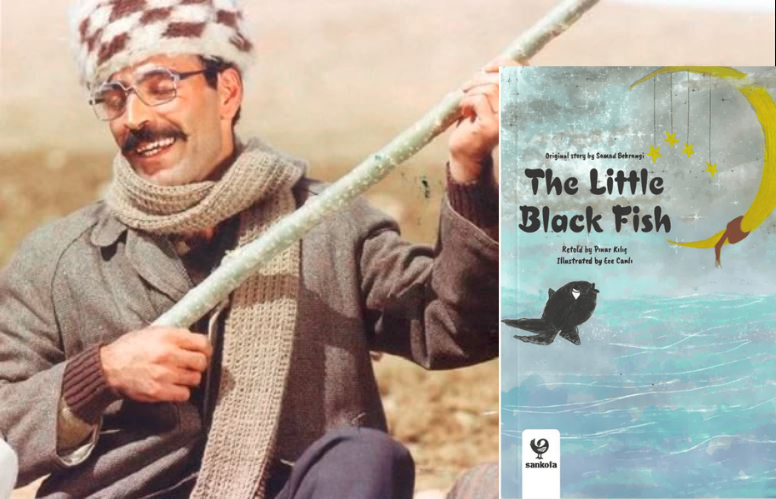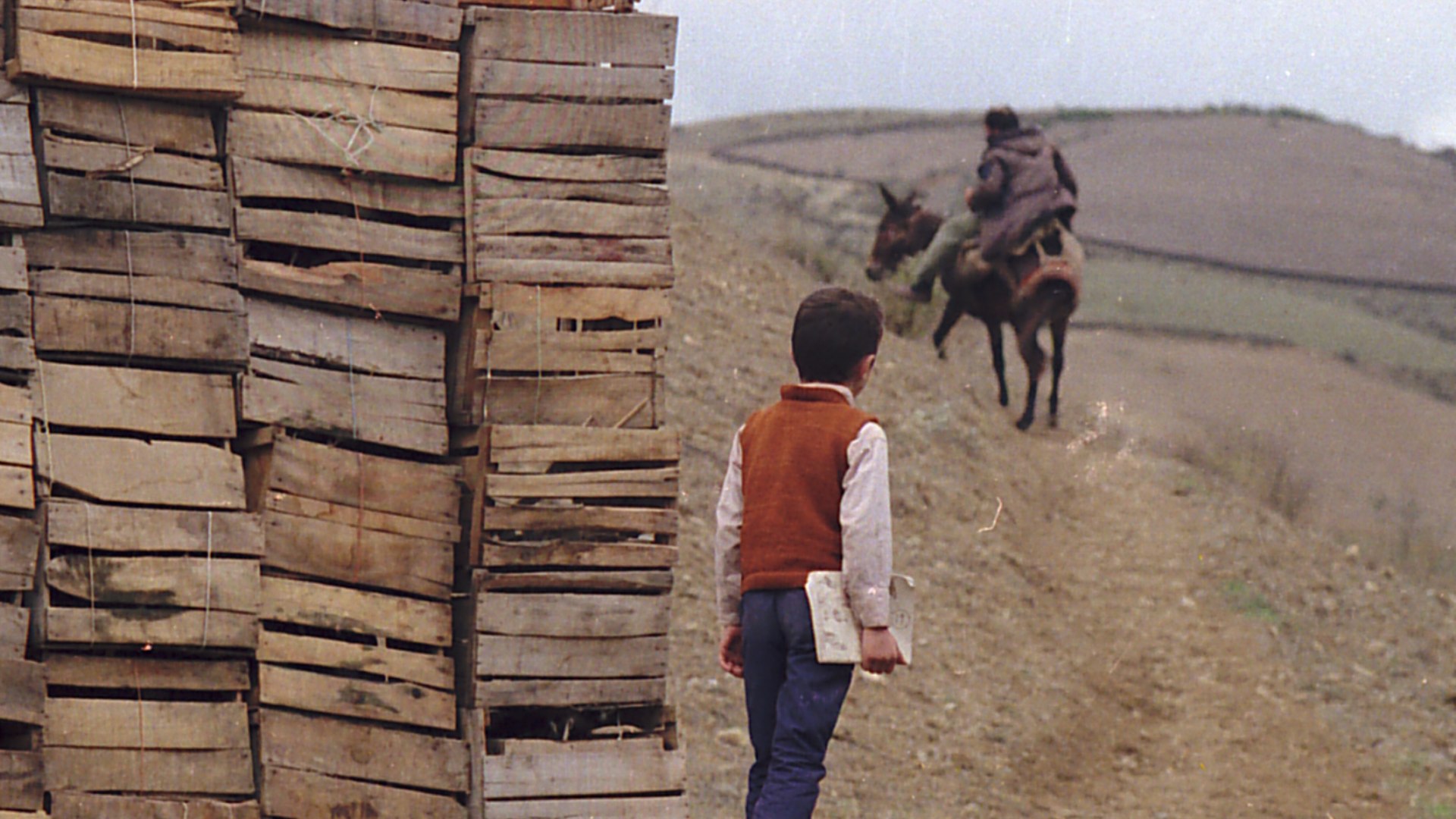I feature Abbas Kiarostami, one of my favourite film directors, and whose death anniversary was marked recently, and that of writer Samed Behrengi. Both of these hold a special place for me – and they offer a holistic approach to cinema and literature from the same country.
Samed Behrengi – The Little Blakck Fish
“…I want to know if life is simply for circling around in a small place until you become old and nothing else, or is there another way to live in the world?
…Mother, don’t cry for me. Cry for the old fish who stay behind.”
I’m about to share a book with you, one that I find challenging to describe without connecting it to a personal experience, although I’m concerned it might seem too emotional. This particular book is closely intertwined with a memory from when I was 13 years old.
Little Black Fish was a gift from a warmly smiling newcomer in our class named Ismail, whose brief acquaintance kickstarted a friendship that unfortunately didn’t last long. ‘A children’s book?’ I queried Ismail upon seeing it; he simply wished for me to read it. Upon reading the book, I felt an urge to hug Ismail first. It was a challenging move at that age, and I merely expressed my thanks and gave him a copy of My Sweet Orange Tree.
Before heading off for summer break, I distanced myself from Ismail for a childish reason, unaware that I wouldn’t have the chance to apologize. Time passed, and we all grew up. Yet Ismail remains perpetually 13, just as he was during that summer vacation…
Besides the sad moment in which the book is related to my personal life, the book has a dark story about the life of its author. Samed Behrengi, an Iranian teacher and children’s book author was killed by the government for his writing and advocacy.

Samed Behrengi
At least no one believed that he drowned while swimming in the river, everyone argued that it was a murder. Criticizing the oppressive government in Iran, Behrengi thought that as a teacher and writer, the struggle against the oppressive regime could be possible by giving hope to children.
Behrengi, who was only 28 when he died, is not only about children and the oppressive political environment; he left warm books that give courage and hope to everyone and in every subject.
The Little Black Fish is the best-known of these books. This book will make you feel the joy of reading a children’s story, you will be very excited about the adventure of Little Black Fish, and despite its undeniable sadness, the end is full of hope!
How can the story of a fish leaving the small lake it lives in and sailing into the sea, despite all its fears, not be full of hope?
The book is still on the list of banned books in Iran today, perhaps because the most feared emotions of oppressive governments are “hope” and “freedom”. I would recommend this encouraging short children’s book to anyone who wants to read a good book to the child in them or next to them. So maybe I could have apologized to him by passing on Ismail’s advice to others.
Abbas Kiarostami – Where is My Friend’s House
Iranian director Abbas Kiarostami is also a painter, photographer, and poet. His versatile relationship with art has made his films rich and layered in terms of viewing pleasure. Kiarostami likes to capture moments in the simple flow of life and show their story. So, I think, Where Is My Friend’s House best describes his style.
Having worked in many different jobs, Kiarostami was an illustrator for children’s books in his youth. Still young, before he started making films, he founded the filmmaking department at the Institute for the Mental Development of Children and Youth, where he interacted with a large number of children and young people.
As an effect of this, he found the lives of children and their troubles, which are often ignored by adults, interesting and included them in his films.
The movie Where Is My Friend’s House is the story of Ahmed, who accidentally takes his classmate’s notebook to his house, and tries to deliver the notebook to him because he does not want his friend to be punished.
Ahmed knows the name of his friend’s village but does not know where his house is. Despite his family’s hindrance, he feels responsible and goes to that village, which is far from his own village and asks people about his friend’s house.
In Ahmed’s journey from his own house to his friend’s village, we see the lifestyles of the villagers and their outlook on life. By following a small child in this poor region of Iran, we witness different lives and cultures.

Abbas Kiarostami
Ahmed’s troubles are worthless among the chores and bustle of adults, and he has trouble expressing himself. But his sense of responsibility is strong, he continues to look for him.
While watching the movie, you forget that you are watching something fictional. As in Kiarostami’s other films, the casting is very natural in this film. Everything is very real, from the trouble of the child actor to the situation of the villagers. In fact, this story, which can be called simple, takes its beauty from this naturalness and sincerity.
Ahmed can’t find his friend’s house and we look forward to what will happen in class the next day. We fear that Ahmed’s friend will be punished, but we think that it must be the result of all that search. In the last scene in the classroom, that tiny simple scene, we see that Kiarostami is a director who never compromises on hope.
